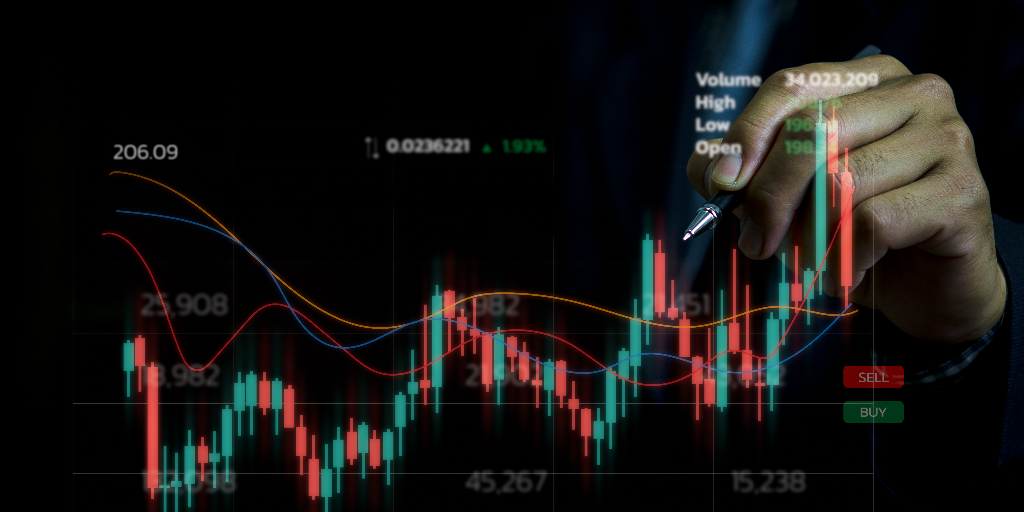19
2024/07
4 key elements to develop a robust trading system
Most trading techniques are widely known in today’s market, and anyone involved is likely familiar with standard market analysis methods.
Analyzing various market analysis videos online reveals that the same trading technique can yield different results for different people.

Some traders achieve consistent profits, while others face continuous losses. This discrepancy often boils down to position control and money management.
Trading is fundamentally a game of capital. Controlling risk and achieving stable profits in the market primarily hinges on survival.
With the advancement of the internet, many trading techniques once considered secrets are now easily accessible. For example, harmonic theory, trend analysis, and channel analysis have all become systematic online methodologies.

To develop a robust trading system, you need to incorporate four key elements:
1. Entry Reason
The entry reason involves using technical analysis to find the right entry point. This means identifying when it’s appropriate to buy or sell.
Why choose to go long or short at a specific position? Why select a particular asset for trading? These questions can be answered using the abovementioned trading techniques and market analysis methods.
2. Stop-Loss Placement
The stop-loss position is the cornerstone of any trading system. Many traders have experienced scenarios where their trades hit the stop-loss only for the market to reverse immediately. Such occurrences often lead traders to stop using stop-loss orders, which is extremely dangerous and can lead to significant losses, even complete account wipeouts.
Setting a stop-loss is crucial as it safeguards the account. With a stop-loss in place, you can predict the maximum possible loss, even if the potential profit is uncertain.
Many traders find it hard to rest when they have open positions, constantly checking their trading software. This is unnecessary if a stop-loss is set, indicating that any loss incurred is within an acceptable range, thus emphasizing its importance.

3. Exit Point
In trading, there’s a saying: “A good entry makes a student; a good exit makes a master.” This should be followed by: “Being out of the market makes a grandmaster.”
Maximizing profits when conditions are favorable and controlling the drawdown of profitable trades involves money management. Most traders have accounts under $100,000, with many managing just a few hundred or a thousand dollars.
Strict money management might seem only possible for achieving significant profits if you are prepared for a long-term commitment. To maximize account profitability, individual circumstances must be considered.
4. Funds Management
Money management forms the foundation of any trading system, supporting the previous three points. Many traders have accounts that show profits but often engage in heavy trading, which could be more sustainable.
Even accounts that have multiplied several times can be shared, but human greed can magnify in such cases. For independent traders, the crucial aspect is first to accumulate funds. Effective money management is critical for those managing funds.

Practical Advice for Small Accounts:
- Ensure you have a protective stop-loss once the trade shows a profit.
- Consider closing the position if the profit reaches half or more of the account balance.
- Avoid frequent trading to build up account funds quickly.
By following these principles and focusing on risk control and money management fundamentals, traders can increase their chances of achieving stable and profitable trading outcomes.





